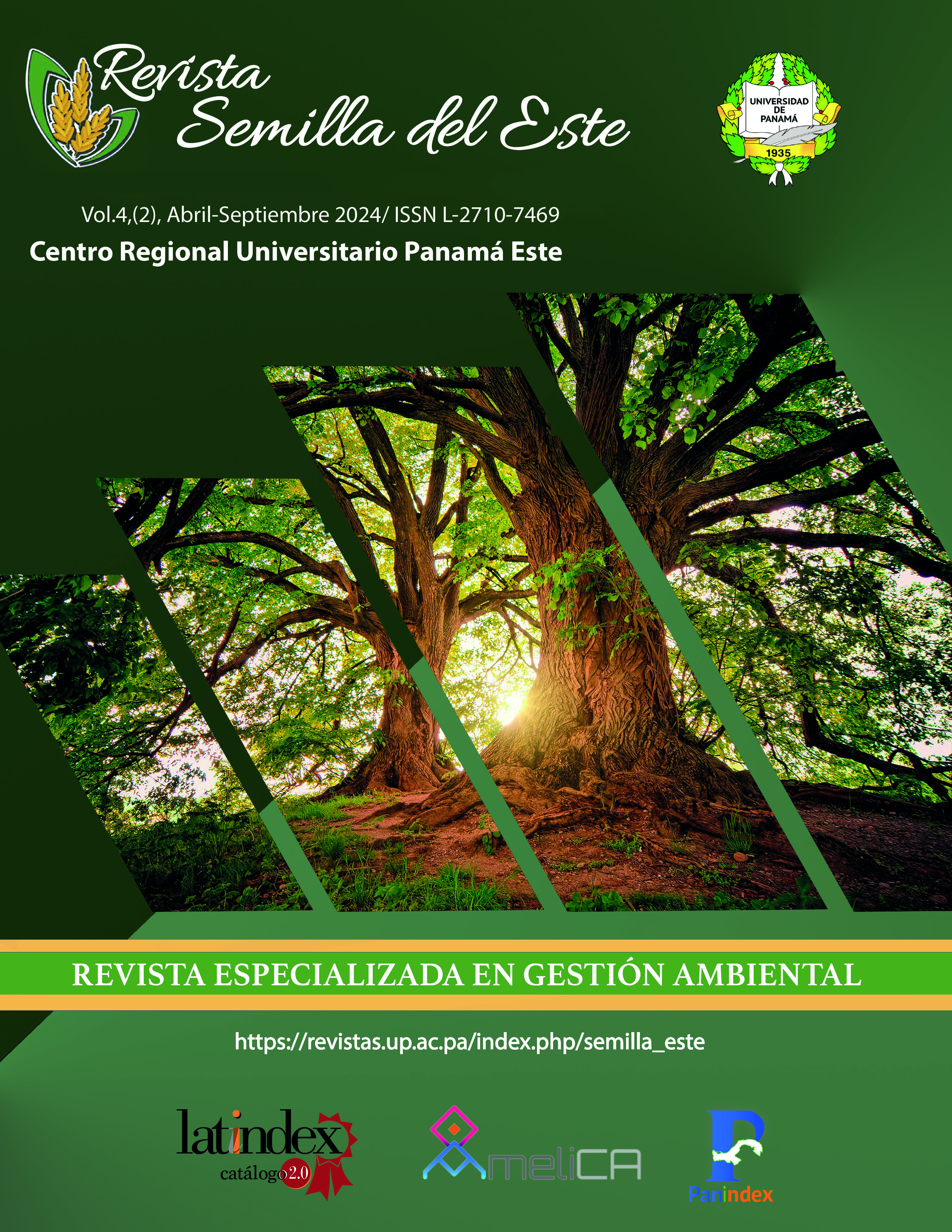


Este trabalho encontra-se publicado com a Licença Internacional Creative Commons Atribuição-NãoComercial-CompartilhaIgual 4.0.
This study aims to identify the species of land snails and slugs that may invade Panama through the loading and unloading sites of national and international merchandise in Panama City and Colon, along with their probable places of origin. The investigation also considers the ecological, economic, and health impacts of these potential invasive species. Between September 2008 and September 2009, sampling was conducted at the main seaports and airports of Panama City and Colon, including their containers, warehouses, and surrounding natural habitats. The study utilized GPS for accurate location marking, and sampling occurred twice a week. Specimens were collected, with live material fixed in 70% alcohol, and slugs dissected for identification through sexual organs. Taxonomic identification involved conchological characteristics and expert consultation, with the data analyzed for species abundance correlation with precipitation and humidity. A total of 2379 individuals were collected, identifying seven species across nine genera and four taxonomic families, with the Subulinidae family being the most abundant. Notably, Praticolella griseola, an agricultural pest, and Hapiella w. f. decolorata were new records for Panama. The study found species richness and abundance correlated with rainfall but not relative humidity. The research highlighted the quarantine importance of several species due to their roles as pests and vectors of diseases like Angiostrongylus cantonensis and A. costarricensis. Panama hosts a moderate ecological diversity of gastropods, with certain species posing significant risks to agriculture, public health, and native ecosystems. The study underscores the necessity for ongoing surveillance and management of non-native mollusk introductions, particularly in a global trade hub like Panama. Identifying and understanding the distribution of invasive gastropods are crucial for developing effective control measures and mitigating their impact on the environment and human health.